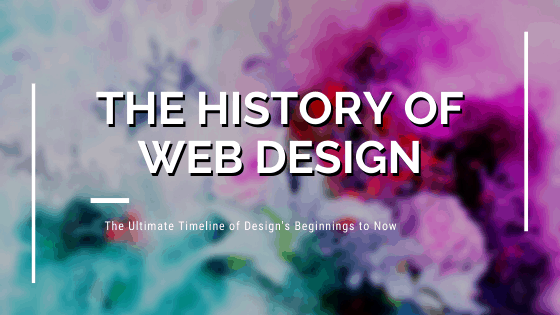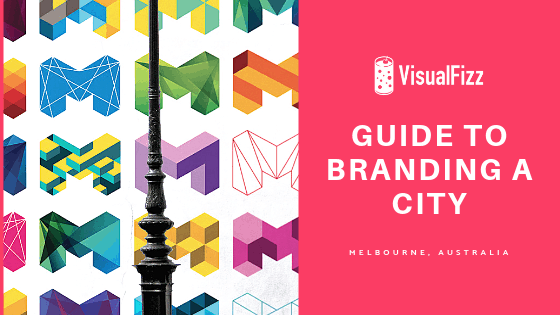
While many of us still remember a time before the World Wide Web entered our lives and changed the course of history forever, there will soon come a time when few people will have experienced a time where you couldn’t just Google the answer to your question. How did humans survive without the ability to pull up a recipe for creme brulee with a few simple keystrokes or the click of a touchscreen?
As technology continues to evolve and advance, it’s important to remember just how far we’ve come in such a short period of time when it comes to the Digital Age. After all, it was nearly 50 years after the invention of the tin can that Ezra J. Warner invented the can opener, and in comparison, in three short decades we’ve gone from the most basic functionality of the World Wide Web access to having literally billions of web pages available at a moment’s notice. Just take a look at the first web page ever published, and think about how it compares to your most recent Internet browsing experience.
Today, we have access to seemingly infinite amounts of information. As of December 2019, the Indexed Web contains approximately 6 billion webpages, which would take hundreds of millions of years to view and read at a 24/7/365 pace- and that’s just the current amount of content available today! With thousands of Tweets and hundreds of hours of Youtube videos, not to mention the millions of posts on websites like Facebook and Reddit, so much new content is being added every day that it would probably be an infinite task to attempt to read the Internet today.
But obviously, the World Wide Web has not always been so vast, nor as easy to navigate as it is today. Thanks to the hard work of many engineers, developers, and innovators, web design has come a long way from the simple dark screen of 1989 above. In order to understand precisely how the Internet’s design has evolved, we’ve created a textual timeline to guide you on an adventure through all of the ups and downs of web design.
History of Web Design: The 90’s
As Julie Andrews sang in Rodgers and Hammerstein’s “The Sound of Music,” let’s start at the very beginning- it’s a very good place to start. It would be impossible to credit the invention of the World Wide Web to just one individual, and before the Internet could become more than just a concept, mankind needed to invent the computer.
Known as the Electrical Numerical Integrator and Calculator, ENIAC is generally acknowledged to be the first successful high-speed electronic digital computer (EDC) and was productively used from 1946 to 1955.” Produced by John W. Mauchly and J. Presper Eckert at the University of Pennsylvania, this technological behemoth used a word of 10 decimal digits instead of binary ones like previous automated calculators/computers to process information and was very innovative for its time. That being said, it was incredibly large and overheated easily, and the components were not yet very reliable- while the computer was an excellent idea, it still needed a lot of work and for the mechanical parts to catch up to the engineers futuristic vision and ideas.
The creation of the vacuum tube and prototype computer chip in the late 1950s allowed for smaller and more accessible models to be developed, and by the 1960s, computers were beginning to become more common in large companies and government offices. Unfortunately, these machines were still extremely large, cumbersome, and required a great deal of difficult training in order to be used effectively. Technology continued to evolve at an ever-increasing rate as more and more individuals stepped in with new ideas and ways to implement them, and newer, faster, and all-around more efficient components continued to be developed and integrated into existing systems.
As computers became more powerful, so did the idea that a system could be developed that would link computers across the country together in a unified communication network. Thus, in October 1969, “the first workable prototype of the Internet came…with the creation of ARPANET, or the Advanced Research Projects Agency Network. Originally funded by the U.S. Department of Defense, ARPANET used packet switching to allow multiple computers to communicate on a single network.” Though it crashed almost immediately after launch, it was the first attempt at establishing what the Internet is today. As the technology grew and developed throughout the 1970’s with the help of scientists Vinton Cerf and Robert Kahn, the launch of the Transmission Control Protocol and Internet Protocol, or TCP/IP was a huge breakthrough for engineers. “A communications model that set standards for how data could be transmitted between multiple networks,” this led to the adoption of TCP/IP by ARPANET in 1983, and from there, the Internet was eventually developed with the help of Tim Berners-Lee, who is credited with the invention of the World Wide Web. And thus, the need for web design was born!
1990-1994
The early 1990s excitedly welcomed the World Wide Web thanks to CERN in 1992, and the first web page can still be visited today. As you might have guessed, just the ability to successfully launch a web page on this new platform was an achievement in and of itself at the time, so the concept of web design was still very much in its infancy. This webpage is also a great example of what web design looked like at the time.
Visual elements were not yet achievable, and as a result, early web pages like CERN were completely text-based, and mostly black and white- as you can see below, the blue of the hyperlink is the only pop of color on an otherwise mostly blank page, which is characteristic of most web pages at the time.
A year later, ALIWEB (Archie Like Indexing for the WEB) came to be. An evolution of ARCHIE, widely considered to be the first ever search engine, ALIWEB showcased the first attempts at web design implementation with an eye-catching bright yellow background. “By the end of 1993, there were 623 websites, according to a study by MIT Researcher Matthew Gray” and as technology advanced, so did web design. Simple landing pages gave way to more complex ones, and the first banner ad was introduced by 1994 and was created for AT&T. “By mid-1994 there were 2738 websites, according to Gray’s statistics; and by the end of the year, more than 10,000,” and web design continued to evolve as technology advanced further.
1994-1998
The pace really began to pick up in the mid to late 1990s. As new web design elements were introduced at a rapid pace, the pendulum swung swiftly from drab to over-the-top fab. With over 250 web safe colors now available to designers, web pages became overwhelmingly kaleidoscopically bright to the point of great excess, at times rendering text almost illegible. With new tools at their fingertips, web designers eagerly experimented with a variety of colorful buttons and 3D effects. Additionally, the deployment of garish, flashy advertisements designed to catch the users eye that were capable of popping up and flashing was now possible thanks to the implementation of Javascript in 1995, which broke open the confines of static HTML web design.
While this was certainly innovative and is still used today, the glaring limitations of Javascript were soon eclipsed by the introduction of Flash the following year. “The designer could design any shapes, layouts, animations, interactions, use any font and all this in one tool,” which would give way to the “golden era for splash pages, intro animations, and all kinds of interactive effects.”
In 1996 alone, Internet access and use expanded to over 36 million people and the number of websites increase dramatically, from 25,300 to over 250,000. Consumption may have been at an all-time high, but as more and more websites were created, this drove the average visitor per page rate down from 1908 to just over 300. As a result, web design became more important than ever to drive much needed traffic to every page, and as more pages were created, this would only become more crucial for a page’s success. Thankfully, it was during this period that the technological shackles of web design were finally broken free, and designer’s creativity could run wild as the early 2000s approached.
History of Web Design: The New Millenia
1998-2002
At this point, software developers had enough technology at their fingertips to be able to host increasingly complex content, and in greater and greater amounts. In 1998, Google Beta was introduced to computer users everywhere- and considering that “googling” became a verb in the Oxford English Dictionary in 2006, it seems unnecessary to discuss its success at length here. Google’s success and popularity may have indirectly inspired the development of CSS, or Cascading Style Sheets around the same time, as CSS was created in response to the increasing amount of website visitors creating a need for a more streamlined design.
The basic concept of CSS is to isolate content from the presentation, through the use of what is a declarative, rather than a coding language. CSS opened many doors for graphic designers, allowing them to focus on integrating elements like structured menus, navigational tools, and neater, more organized content. Elements could now be positioned in different ways, and a standard width and height for images allowed for more efficient loading times and increased loading speeds.
Content itself began scaling back from the “in your face” webpages of the early mid 90’s as well, also speeding up visitor time- which also increased the amount of websites Internet users could view every day. Unsurprisingly, web designers also began to tone down the bright and flashy elements of their pages. In order to create a more enjoyable user experience, designers turned to dark and block color backgrounds and otherwise did their best to plan and execute neutral and aesthetically pleasing layouts and design elements. All seemed to be moving in a positive direction- but the threat of Y2K was always looming, and ever closer.
As we know now, Y2K did not deliver on the threat of a global shutdown and civilization passed relatively smoothly into the new millennium. As the new year unfolded, it became clear that, in fact, 2000 was turning out to be an excellent time to work in web design.
Online marketing, specifically PayPal, had taken the world by storm, and as a result, the demand for well-executed web pages was becoming a necessary tool for every business. Quality web designers were in high demand, and as an increasing number of businesses moved online, it was clear their services would remain highly sought-after in the coming years.
2002-2006
These years put the power of web design into the hands of the people. In 2003, WordPress enabled “regular” Internet users with little to no design experience to create their own blogs through a system of plugins and templates- and remains so popular, WordPress is now the world’s leading Content Management System (CMS). By taking design into their own hands, the people created what they wanted to see, which increased emphasis on readability and functionality. The following year, MySpace followed in WordPress’s footsteps and introduced an entire generation to basic HTML coding and web design.
For many, it was their first introduction into creating everything from simple graphics to Flash Plugins and more, while connecting users with a networks of their peers. However, some page’s designs quickly became reminiscent of some mid-1990’s webpages, and with animated content being subtle integrated into websites, it’s no surprise that the sleek design of Facebook was incredibly well received in 2006. With over 2.38 billion users today, there’s no doubt that their web design has definitely contributed to their overall success.
The Angsty Teens of Web Design
2006-2010
The biggest web design trend in the mid to late 2000s was directly influenced by one of the most powerful devices available today- the mobile phone. The first iPhone was released in June of 2007, and the world has never been the same.
Mobile online interface completely changed web design as it had been developing up to that point, because the needs of a touch screen user were unlike anything that had been seen before. Scrollability required that webpages have a completely different layout, and function and behave in a radically different way than a desktop because they are being interacted with in a different medium. For web designers, the first step “was an idea of column grids. After a few iterations, the 960 grid system won, and the 12-column division became something designers were using every day.”
Once the grid system was established and standardized, the next was to regulate the “commonly used elements like forms, navigation, buttons, and to pack them in an easy, reusable way,” like a glossary of sizes, functions and terms. The result was Bootstrap, which afforded designers the ability to execute long scrolling designs, drop shadow and skeumorphasism, which is “the design concept of making items represented resemble their real-world counterparts,” an example of which is below.
2010-2015
In order to fully understand the above, we must also understand flat design, which became an important design trend as we moved into the 20-teens. Unlike skeuomorphism, flat design is a pretty self-explanatory. By simplifying visual elements and ditching the popular shadow effects of previous years, web design layout becomes a more streamlined process and a bigger time-saver for the designer. Additionally, with a simpler design, more attention is directed towards the copy and content of the site, resulting in a more visually appealing web page.
Around this time, Responsive Design also became a major trend. Created by web designer Ethan Marcotte in 2010, Responsive Web Design is still very much in use today – and you’ve definitely visited a website using it before. Responsive Design takes the same content from one page, but placing the content in different layouts formatted for different devices.
At the outset, this may seem to create additional work for the graphic designer, but the result is an effect of uniformity and continuity that executes brilliantly for the consumer. At its most basic, this means the website works everywhere it can potentially be accessed, to the delight of both the consumer and the client. There is still much to be learned and potential to be tapped into with all of these types of web design.
History of Web Design: The Roaring Twenties and Beyond
2015 – Today
As technology has advanced to the current day, we continue to experience the efforts of web designers pushing the envelope of creativity and defying convention. One of the most recent web design trends is “broken grid” and “asymmetrical layout,” which draws the visitor’s eye across the page for an effect that strives to stand out and be different than the rest. The traditional grid system creates a sense of uniformity; users can expect to generally see certain elements in certain areas of the page, like a log-in at the upper right hand corner of a landing page. By quite literally breaking the grid, designers are experimenting with pushing past the current norms for web design. This is not a new concept, but has certainly been growing in popularity over the last few years.
Design trends, much like fashion trends, are cyclical. Another web design trend making a come back in popularity is the return to monochromatic layouts and the intentional absence of color. According to thenextweb.com,
Limiting yourself to one color can help solidify your branding while adding constraints in terms of flexibility of design.
Ultimately, with any possible color in the spectrum available at a designer’s fingertips, the intentional choice to leave negative space or to choose a minimal gradient of colors throughout a design can leave more of a lasting impression to your visitors, which is the ultimate goal of any web design project.
History Repeats Itself. What Can We Learn From It?
We’ve only scratched the surface of the history of web design here, and going in any further depth would result in a much deeper dive into the intricacies of how a truly stunning layout was made. However, by learning about previous design trends, as well as how web design itself came to be, we develop a greater understanding of the subject at hand, as well as a deeper appreciation for the work we are creating. Additionally, by examining previous trends, we learn more about what to predict and expect in terms of where web design may be headed in the future. Ultimately, there is nothing to be lost, but much to be gained by studying web design’s development over the past 30 years, and applying the knowledge to your own experience. You may be surprised at the result.
Ready to learn more about designing with VisualFizz? Contact us today.
Publishing Date:






